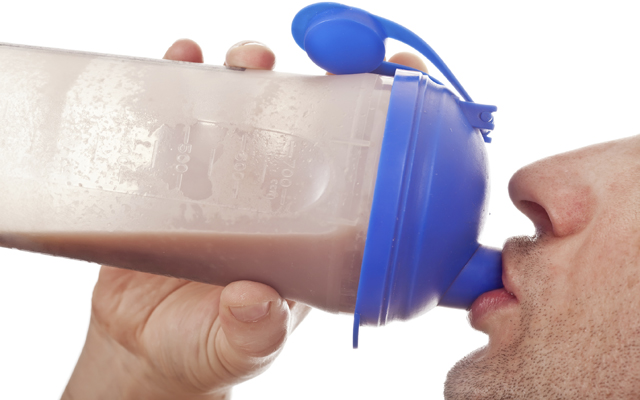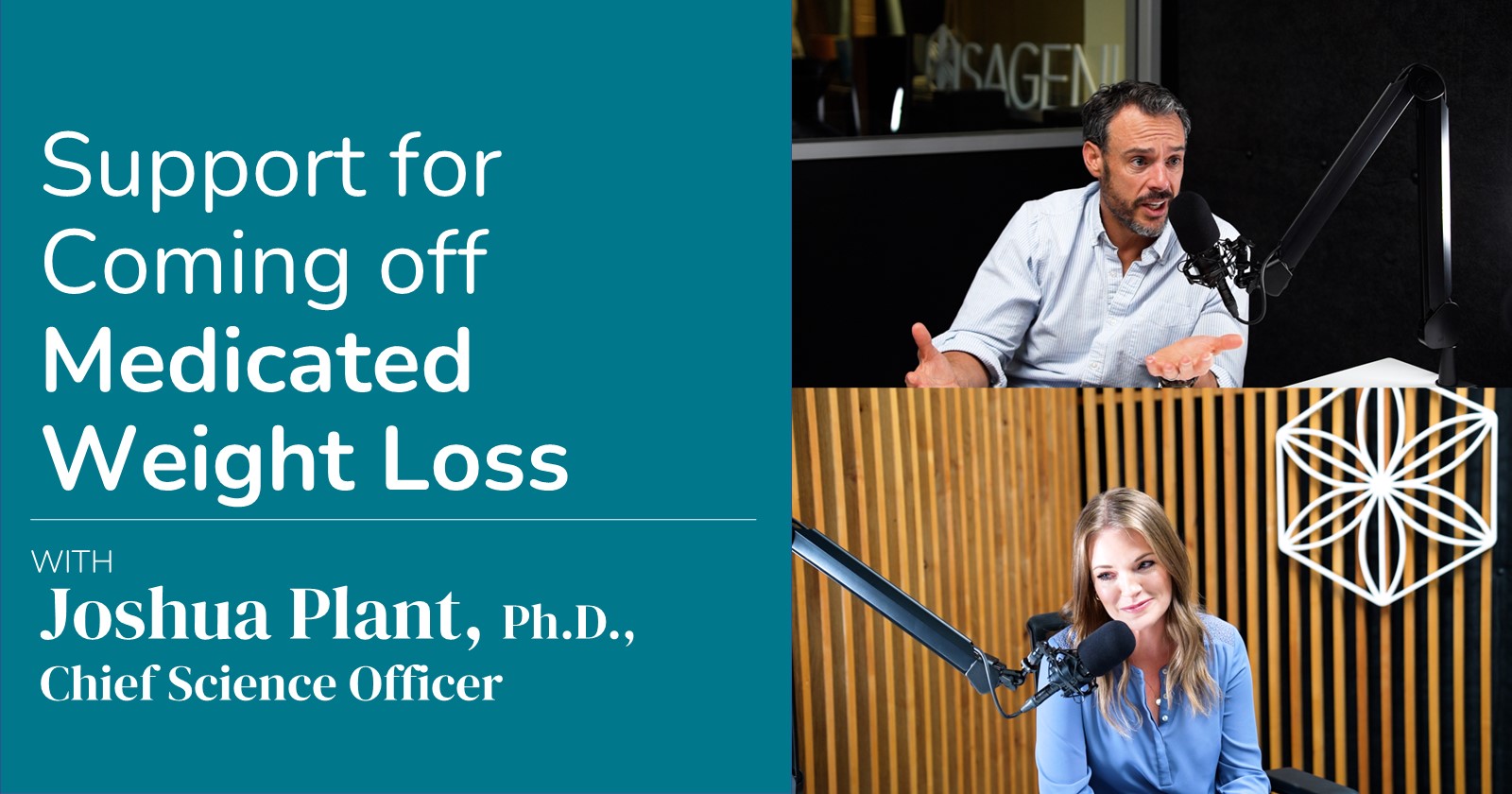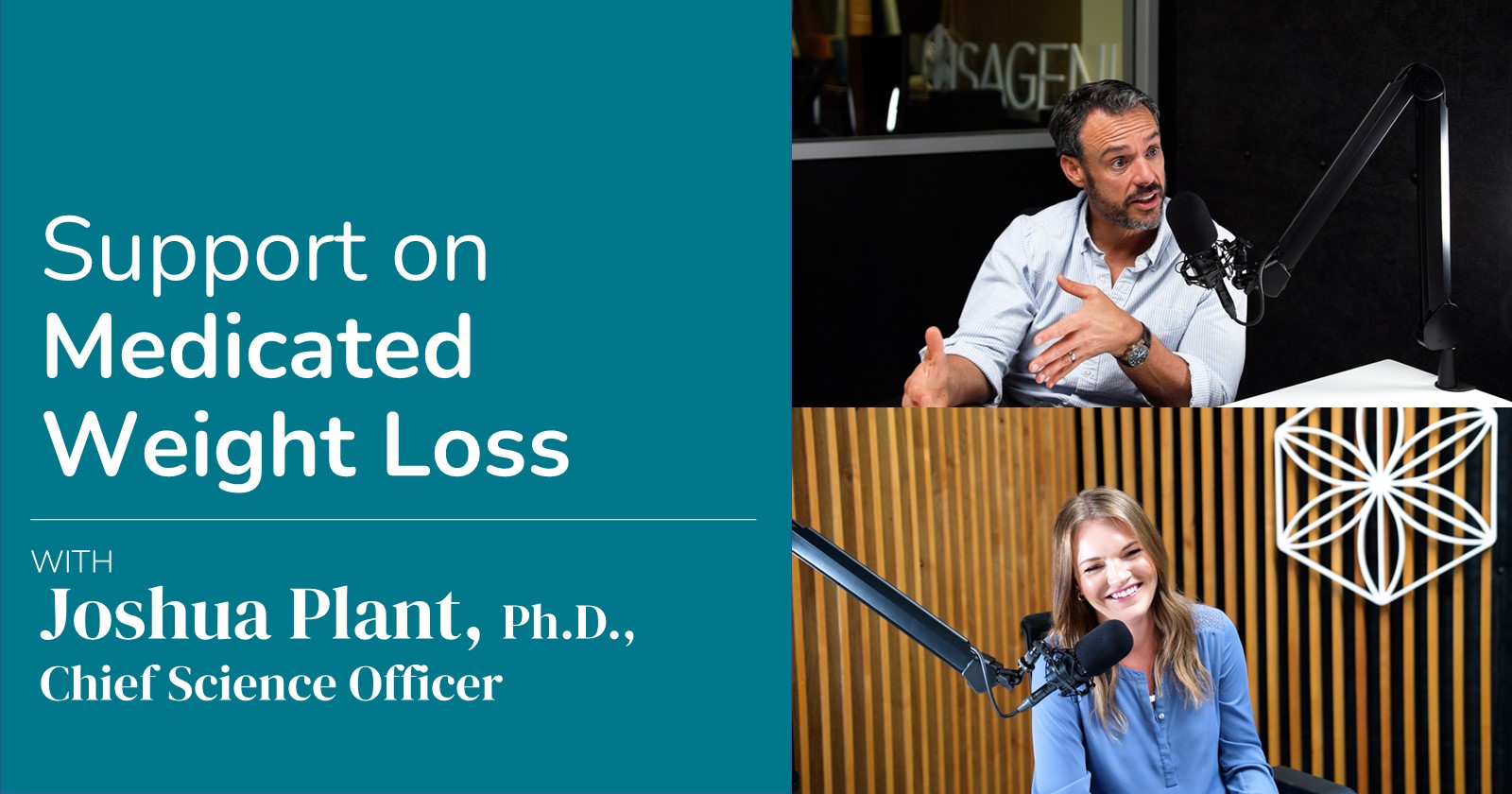Athletes spend an inordinate amount of time and effort in the name of making progress. But there’s one thing every athlete dreads… getting injured or getting sick. This means time off from practices, training and competition. Every athlete knows lost time could mean a lost edge.
Whether achieving a new personal record, increasing lean muscle mass or increasing power output, athletes look to supplements like whey protein to help. Protein is important for athletes for multiple reasons and whey protein specifically offers benefits that other sources don’t. Beyond the commonly known superior amino acid profile for muscle building, however, whey has quite a lot more going for it.
Athletes often forget that recovery and a strong immune system go hand in hand. Oxidative damage from training is something athletes face and can occur from production of reactive oxygen species and an inability of the body to readily detoxify and rebuild itself. Oxidation can affect all components of the cell, including proteins, lipids, DNA and even compromise cellular communication (1).
The good news is that there are several ways to combat this nutritionally. Glutathione is a major antioxidant that is made of amino acids and can be produced and stored in the body. Glutathione also protects important cellular components from harm caused by reactive oxygen species such as free radicals and peroxides (2).
Increased glutathione via whey protein supplementation has been shown in mouse studies to increase longevity by promoting survival and outperformed other sources of protein (3). Even clinical populations such as geriatric patients who are deficient in glutathione levels show promise in boosting this antioxidant since synthesis of glutathione requires L-cysteine (a component of whey) (4-6).
Glutathione stores can be increased in those that are active and healthy with whey protein. In fact, one study saw an increase in glutathione by up to 24 percent in two weeks by using 45 grams (two scoops loosely filled to the top) of whey protein on a daily basis (7). The increase is even greater when resistance training is added (8).
Interestingly the two main peptides (amino acids bonded together) found in whey protein, a-lactalbumin and ß-lactoglobulin, are shown to increase immunity by boosting white blood cell function and production (9-11). White cells are involved in protecting the body against infections and foreign bodies. A compound in a-lactalbumin and another component of whey called glycomacropeptide also may enhance the function of white blood cells called macrophages that patrol and scavenge pathogens and foreign substances (12;13). Components of whey may even help increase immunity and in the digestive tract leading to better absorption of nutrients (14).
Athletes seeking out quality, cysteine-rich, undenatured whey protein—such as is shown to boost glutathione production in studies—can look to Isagenix for a solution. By incorporating products high in whey protein such as IsaLean® Shake, IsaLean® Pro Shake and IsaPro® on a daily basis, athletes can boost their protection against oxidative stress and build a stronger immune system. Whey protein is a versatile tool that should be in an athlete’s daily nutritional regime.
References
- Valko M, Leibfritz D, Moncol J, Cronin MT, Mazur M, Telser J. Free radicals and antioxidants in normal physiological functions and human disease. The international journal of biochemistry & cell biology 2007;39:44-84.
- Pompella A, Visvikis A, Paolicchi A, Tata VD, Casini AF. The changing faces of glutathione, a cellular protagonist. Biochemical pharmacology 2003;66:1499-503.
- Bounous G, Gervais F, Amer V, Batist G, Gold P. The influence of dietary whey protein on tissue glutathione and the diseases of aging. Clin Invest Med 1989;12:343-9.
- Bounous G. Whey protein concentrate (WPC) and glutathione modulation in cancer treatment. Anticancer Research 2000;20:4785-92.
- Micke P, Beeh KM, Buhl R. Effects of long-term supplementation with whey proteins on plasma glutathione levels of HIV-infected patients. European journal of nutrition 2002;41:12-8.
- Sekhar RV, Patel SG, Guthikonda AP et al. Deficient synthesis of glutathione underlies oxidative stress in aging and can be corrected by dietary cysteine and glycine supplementation. The American journal of clinical nutrition 2011;94:847-53.
- Zavorsky GS, Kubow S, Grey V, Riverin V, Lands LC. An open-label dose-response study of lymphocyte glutathione levels in healthy men and women receiving pressurized whey protein isolate supplements. International journal of food sciences and nutrition 2007;58:429-36.
- Sheikholeslami Vatani D, Ahmadi Kani Golzar F. Changes in antioxidant status and cardiovascular risk factors of overweight young men after six weeks supplementation of whey protein isolate and resistance training. Appetite 2012;59:673-8.
- Ebert EC, Roberts AI. Lamina propria lymphocytes produce interferon-+¦ and develop suppressor activity in response to lactoglobulin. Digestive diseases and sciences 2001;46:661-7.
- Rusu D, Drouin R+, Pouliot Y, Gauthier S, Poubelle PE. A bovine whey protein extract can enhance innate immunity by priming normal human blood neutrophils. The Journal of nutrition 2009;139:386-93.
- Wong KF, Middleton N, Montgomery M, Dey M, Carr RI. Immunostimulation of murine spleen cells by materials associated with bovine milk protein fractions. Journal of dairy science 1998;81:1825-32.
- Li EW, Mine Y. Immunoenhancing effects of bovine glycomacropeptide and its derivatives on the proliferative response and phagocytic activities of human macrophagelike cells, U937. Journal of agricultural and food chemistry 2004;52:2704-8.
- Migliore-Samour D, Roch-Arveiller M, Tissot Ml, Keddad K, Giroud JP, Joll+¬s P. Effects of tripeptides derived from milk proteins on polymorphonuclear oxidative and phosphoinositide metabolisms. Biochemical pharmacology 1992;44:673-80.
- Daddaoua A, Puerta V+, Zarzuelo A, Su+írez MaD, de Medina FnS, Mart+¡nez-Augustin O. Bovine glycomacropeptide is anti-inflammatory in rats with hapten-induced colitis. The Journal of nutrition 2005;135:1164-70.





